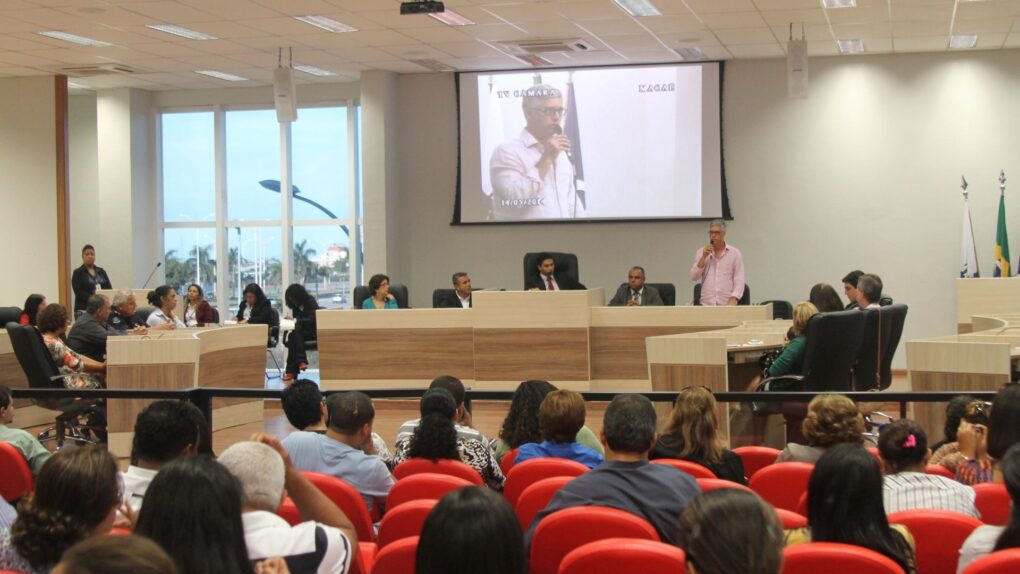The alcohol market in this country has a complex structure, as it is regulated, on the one hand, at the federal level and, on the other hand, at the state level. Its main participants are represented by producers, wholesalers and retailers, as well as representatives of related spheres: restaurant and hotel business, clubs, bars, filling stations and also the media, through which advertising goes.
On the federal level, the Alcohol and Tobacco Tax and Trade Bureau, an agency that reports to the U.S. Treasury Department, is responsible for this area. The agency’s responsibilities are described on its website as follows: “We protect the public by enforcing compliance with the Federal Alcohol Administration Act to ensure that only qualified parties are operating in the alcoholic beverage industry. We make sure that laws governing the production, importation, and wholesale trade in the wine industry; the production and importation of tobacco products; and the content of advertising and labels for wine products are complied with.”
The act in question dates back to a law passed in 1935 after the U.S. repealed Prohibition, a government program that lasted from 1913 to 1933. The purpose of the program was to completely eliminate the possibility of alcohol abuse, but in fact its implementation led to the formation of a black market of alcohol, whose participants did not pay taxes, and the quality of their products was not subject to any control. In the end, federal prohibition was replaced by market regulation, leaving it up to the states to choose their own wine policy within the limits of what the federal act allowed.
After the dry law was repealed at the federal level, some states retained it. Other states partially permitted the production of liquor in their territories, but reserved the right to prohibit the importation of certain alcoholic beverages that did not meet the requirements established within those states. In other words, a system of strict licensing was in place, giving the state authorities great power to control the liquor market. The other states imposed liquor monopolies. Under this scheme, the state bought the alcoholic beverages from the producers, and then only the subordinate organizations were allowed to sell them.
Beginning in the 1960s, some states began privatizing the liquor trade. For example, in West Virginia and Washington State all state liquor stores were privatized. Vermont, on the other hand, has a mixed system, in which a private liquor store can sell liquor on behalf of the state and pay a commission.
At present the wine monopoly (full or partial) has survived in the states: Alabama, Idaho, Maine, Maryland, Michigan, Mississippi, Montana, New Hampshire, North Carolina, South Carolina, Ohio, Oregon, Pennsylvania, Utah, Vermont, Virginia and West Virginia. Most of them have what is known as an Alcoholic Beverage Control board (ABC) and sell alcohol only in its subordinate stores (ABC stores).
Most other states are dominated by licensing (including local). Thus to receive the license for sale of beer it is usually much easier and cheaper, than for sale of wines and spirits. Moreover, beer licenses are most often available in states with a wine monopoly (with a few exceptions).
Wine monopoly states are sometimes referred to as “control states. A 2005 study of the U.S. alcohol market by the American Medical Association describes these states as a special part of the alcohol industry because they have a direct interest in the level of income generated from the sale of alcohol, but they are constrained by public health and safety obligations. This usually results in increased alcohol prices and advertising. This also includes education programs about the dangers of alcohol abuse and making sure it is not sold to minors.
